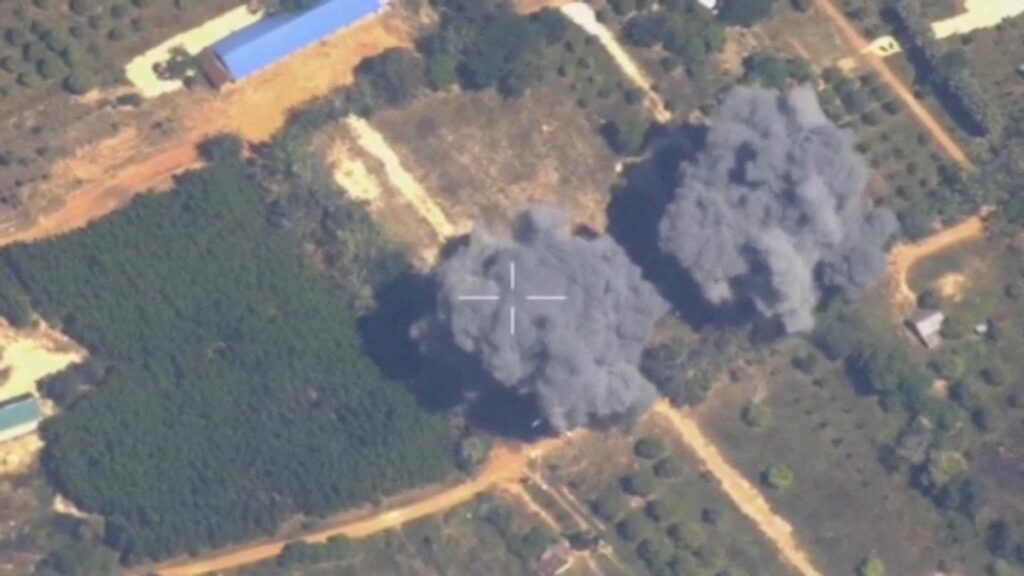After years of escalating tariffs and tense negotiations, the United States and China appear to be entering a cautious new phase in their trade relationship. Following a meeting between U.S. President Donald Trump and Chinese President Xi Jinping in late October, both sides signaled readiness to de-escalate – though the long-term stability of this fragile truce remains uncertain.
President Trump announced an immediate end to a portion of tariffs previously imposed on Chinese goods, particularly those linked to Beijing’s alleged failure to stop the export of chemicals used in fentanyl production. The decision marked the first tangible gesture of de-escalation since talks resumed earlier this year.
However, uncertainty lingers. U.S. officials have yet to clarify which other duties will remain or at what levels. For months, both countries had threatened tariffs exceeding 100% on each other’s exports, casting a long shadow over global supply chains and investor confidence.
A significant new development added a law-enforcement layer to the economic talks. FBI Director Christopher Wray made an unannounced visit to Beijing in early November – a rare trip marking the highest-level law-enforcement contact between the two nations in years.
Sources familiar with the talks said Wray met with senior Chinese public-security and foreign-affairs officials to discuss cooperation on curbing the flow of fentanyl precursor chemicals – substances that U.S. authorities say are fueling America’s opioid crisis. The FBI chief reportedly spent two days in Beijing, arriving on a Friday evening and holding closed-door meetings throughout Saturday before departing on Sunday morning.
During these discussions, both sides agreed to explore the creation of a joint working mechanism between the FBI and China’s Ministry of Public Security aimed at improving data sharing, tracing chemical exports, and coordinating law-enforcement operations targeting smuggling networks.
At the same time, during China’s largest import Expo, American exhibitors reported a renewed sense of optimism that the “worst of the trade war is over.” U.S. companies, from agricultural exporters to tech manufacturers, showcased their products and voiced expectations that trade channels might soon reopen more freely.
This new phase represents neither victory nor defeat for either side. Instead, it reflects a pragmatic pause in a conflict that has reshaped global trade dynamics. The limited tariff rollback and renewed diplomatic tone suggest a shared recognition that continued escalation benefits no one. Yet, without a comprehensive agreement addressing the root causes of friction, this truce may prove temporary.
Author: Nia Kokhreidze




